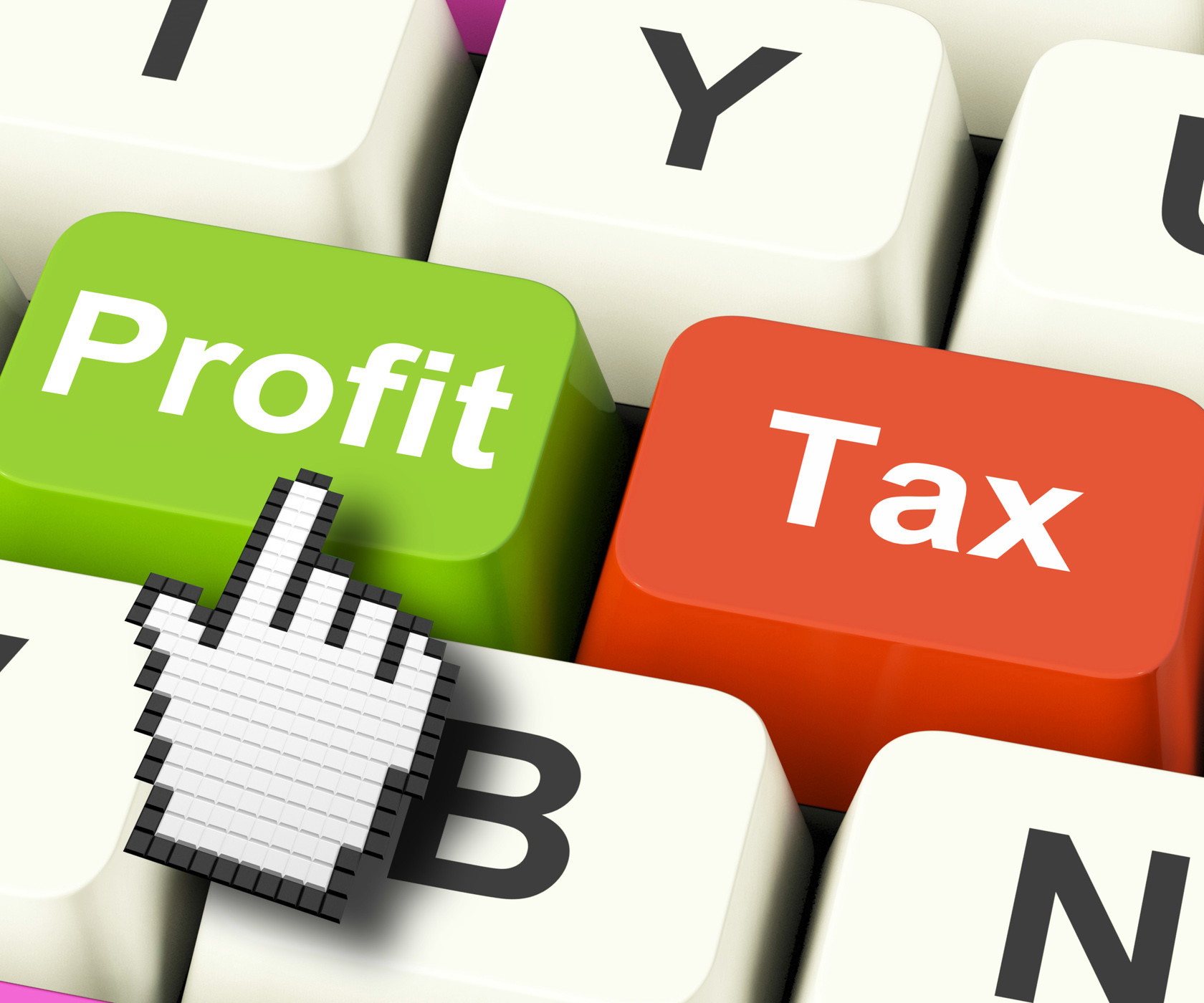Key Profitability Indicators: Part 2 - Return on Sales

Key Profitability Indicators: Part 2 - Return on Sales
- By Lena Shadrina
Return on sales can be analyzed using three basic ratios, such as Gross Profit Margin, Operating Profit Margin (Return on Sales), and Net Profit Margin. Each of these ratios reflects the share of profit in revenue, after deducting certain catheories of costs from revenue. Now let's look at how these indicators are calculated and how to interpret the data, i.e. what they show us.
So, let's start with the first Gross Profit Margin:
1. Gross Profit Margin
GPM = Gross profit / Sales * 100%
Where:
Gross profit - gross profit of the company;
Sales - revenue of the company.
Thus, as we can see from this formula, the gross profit margin clearly demonstrates what share of profit remains at the disposal of the company after deducting the cost of sales, i.e. direct costs of its operating activities.
Of course, like any profitability indicator, the gross profit margin is of particular interest when viewed over time, because by the rate of growth (or decline) of this indicator we can understand how effectively a company manages its operating costs.
The next indicator we will look at is the Operating Profit Margin.
2. Operating Profit Margin (Return on Sales):
OPM (ROS) = Operating profit / Sales * 100%
Where:
Operating Profit - operating profit of the company;
Sales - revenue of the company.
Operating profit margin, as well as gross profit margin is analyzed in dynamics, besides these indexes are compared with each other in order to estimate efficiency of expenses for sales and administrative expenses.
And another measure of profitability that we will consider is the Net Profit Margin.
3. Net Profit Margin
NPM = Net profit / Sales * 100%
Where:
Net profit - net profit of the company;
Sales - revenue of the company.
This indicator when considering it in dynamics and in comparison with other indicators of profitability, allows to establish the influence of non-operating costs that affect the net profit of the company.
And now consider the example of the conditional company "A" calculation of these indicators, the data are presented in Table 1 for two years, which also calculated their dynamics.
Table 1 - Dynamics of the return on sales of the company "A"
| Year 1 | Year 2 | Growth Rate, % | |
|---|---|---|---|
| Revenue, $ million | 1200 | 1350 | 112.50 |
| Gross profit, $ million | 240 | 265 | 110.42 |
| Operating profit, $ million | 195 | 220 | 112.82 |
| Net profit, $ million | 129 | 174 | 134.88 |
| GPM, % | 20.00 | 19.63 | 98.15 |
| OPM, % | 16.25 | 16.30 | 100.31 |
| NPM, % | 10.75 | 12.89 | 119.91 |
So, what do the calculated indicators show us? Gross profit margin (GPM) is slightly decreasing by 1.85% (100% - 98.15%), despite the increase in gross profit. What could this be due to? This is due to the fact that the growth rate of cost of sales exceeds the growth rate of revenue from sales, and this is not difficult to check.
As we know gross profit is the difference between revenue from sales and cost of sales. So, in order to determine the cost of sales and calculate the rate of its growth, we can subtract the gross profit from revenue, and this difference will be the cost of sales. So, if in the first year the revenue was 1200 million dollars, and the gross profit of 240 million dollars, then the cost of production was 960 million dollars (1200-240). We can also calculate for the second year: 1350 - 265 = $1085 million. Now let's calculate the growth rate of the cost of production: (1085/960)*100 = 113,02%. Well, as expected, the cost of production growth rate, which is 13,02% (113,02% - 100%) was higher than the revenue growth rate of 12,50% (112,50% - 100%), which led to a decrease in the gross profit margin on the background of gross profit growth.
Despite a slight decrease in gross profit margin, as we can see, operating profit margin and net profit margin show an increase of 0.31% (100.31% - 100%) and 19.91% (119.91% - 100%), respectively, which indicates an increase in the efficiency of commercial, management and non-operating expenses management.
Well, it is necessary to analyze the dynamics of these indicators for a longer time period, as well as by quarters and half-years, and to make comparisons with similar companies.